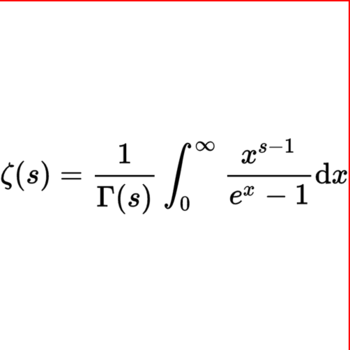How do you write a rule for the nth term of the geometric sequence and then find #a_5# given #a_4=189/1000, r=3/5#?
1 Answer
Feb 23, 2017
Explanation:
We know we can write every geometric sequence in the form of below:
and for now what we have to do is to figure out what is our first term (
and we have to solve this equation for
Now we can rewrite our equation for any nth term:
and we can calculate

